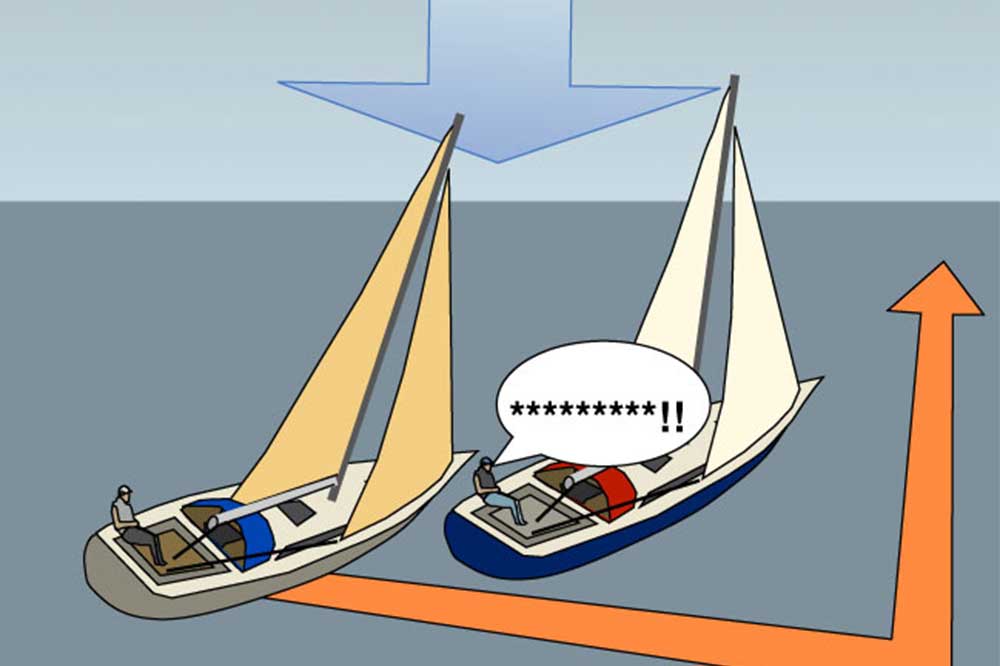International ColRegs Rule 7: Risk of Collision
Anyone who is responsible for a vessel at sea, from the smallest dinghy to an ocean going supertanker, must be able to recognise other vessels around them day or night, whatever the visibility.
They need to be able to quickly interpret what other vessels are doing, who has right of way and what action they should take to prevent a possible collision. This is not always easy, especially in crowded coastal waters and harbor.
Rule 7: Risk of Collision.
(a) Every vessel shall use all available means appropriate to the prevailing circumstances and conditions to determine if risk of collision exists. If there is any doubt such risk shall be deemed to exist.
(b) Proper use shall be made of radar equipment if fitted and operational, including long-range scanning to obtain early warning of risk of collision and radar plotting or equivalent systematic observation of detected objects.
(c) Assumptions shall not be made on the basis of scanty information, especially scanty radar information.
(d) In determining if risk of collision exists the following considerations shall be among those taken into account:
(i) such risk shall be deemed to exist if the compass bearing of an approaching vessel does not appreciably change;
(ii) such risk may sometimes exist even when an appreciable bearing change is evident, particularly when approaching a very large vessel or a tow or when approaching a vessel at close range.
Check out Boating Rules of the Road app for iPhone & Android for a great easy way to keep the rules handy when you’re out on the water.









